In addition to teaching courses and mentoring research projects for those students pursuing a physics major, faculty offer challenging but engaging courses for students with little science preparation, such as Acoustics and Astronomy. Our weekly seminars both connect students with cutting-edge physics research and allow them to engage with presentations that connect physics to politics, art, history, and philosophy. We encourage interested students to incorporate their study of physics into interdisciplinary programs, ranging from electronic music to science and religion. Understanding science forms a crucial part of any well-rounded education, and science is a cornerstone of the liberal arts education one gets at Bard.
Core Faculty
-
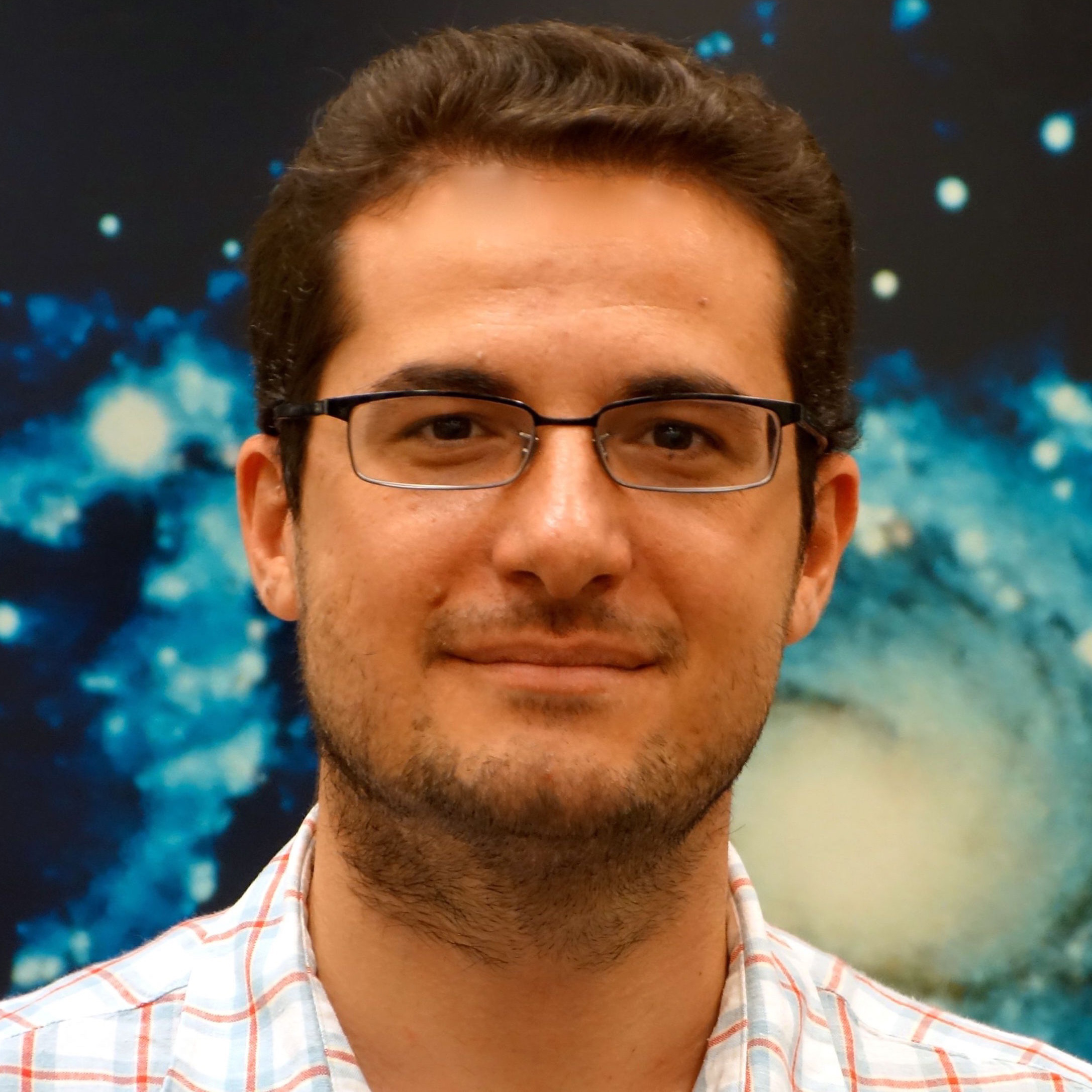 Antonios Kontos
Antonios Kontos
Antonios Kontos
(at Bard since 2017)
I am interested in developing and using state of the art experimental techniques to address long standing astrophysical questions. Currently, my research interests lie in the development of precision laser interferometry techniques that help LIGO, the Laser Interferometer Gravitational-Wave Observatory, detect gravitational waves. Undergraduate students joining the Gravitational-wave Optics Laboratory here at Bard College have the opportunity to work with state of the art laser systems, optical components and electronics. My latest line of research relates to the development of the Next Generation Gravitational-wave detector based in the United States. The planned instrument is named Cosmic Explorer and is expected to be completed in the 2030s. For more details see this report.
Education
PhD, Physics, University of Notre Dame (2012)
MS, Physics, University of Notre Dame (2008)
Diploma, Applied Physics, National Technical University of Athens, Athens, Greece (2006)
Previous Positions
2014 to 2017: Postdoctoral Researcher, LIGO Laboratory, Massachusetts Institute of Technology, Cambridge, MA
2012 to 2014: Postdoctoral Researcher, National Superconducting Cyclotron, MSU, East Lansing, MI
2006 to 2012: Research Assistant, Nuclear Science Laboratory, University of Notre Dame
Grants
"Stray Light Control for Cosmic Explorer", NSF award, TBD.
"Light Scattering Metrology for Gravitational Wave Optics", NSF award (PHY-2207858), $210,000.
Selected Publications
Loglia B., Colby K., Derrick E., Fraser A., Geng Y., Sanger-Johnson G., Ingraham L. and Kontos. A. “Defect characterization in optical coatings using scattered light”, Appl. Opt. 62.22 (2023).
Kontos A. and Loglia B. “Clipping Losses from a Piecewise Coated Mirror”, Classical and Quantum Gravity (2023).
Antonios Kontos and Rainer Weiss. “Photon emission spectrum of ion pumps”, Review of Scientific Instruments 94.3 (2023).
D. Ganapathy et al. “Broadband Quantum Enhancement of the LIGO Detectors with Frequency-Dependent Squeezing”, Phys. Rev. X 13 (4 2023).
Kontos A., Loglia B., King B. and Dziubelski N. “Near speckle-free imaging setup for scattering studies of mirror coatings”, Opt. Express 29.26 (2021).
LIGO Scientific Collaboration and VIRGO Collaboration, GW170817: Observation of Gravitational Waves from a Binary Neutron Star Inspiral, Phys. Rev. Lett. 119, 161101 (2017).
LIGO Scientific Collaboration and VIRGO Collaboration, Observation of Gravitational Waves from a Binary Black Hole Merger, Phys. Rev. Lett. 116, 061102 (2016).
R. J. deBoer, J. Gorres, K. Smith, E. Uberseder, M. Wiescher, A. Kontos, G. Imbriani, A. Di Leva, F. Strieder., Monte Carlo Uncertainty of the 3He(α,γ)7Be reaction rate, Phys. Rev. C 90, 035804 (2014).
K. A. Chipps, U. Greife, D. W. Bardayan, J.C. Blackmon, A. Kontos, L. E. Linhardt, M. Matos, S. D. Pain, S. T. Pittman, A. Sachs, H. Schatz, K. T. Schmitt, M. S. Smith, P. Thompson, The Jet Experiments in Nuclear Structure and Astrophysics (JENSA) Gas Jet Target, Nuclear Instruments and Methods A 763 (2014) 553-564.
A. Kontos, E. Uberseder, R. deBoer, J. Gorres, C. Akers, A. Best, M. Couder, M. Wiescher, Astrophysical S factor of 3He(α,γ)7Be, Phys. Rev. C 87, 065804 (2013). -
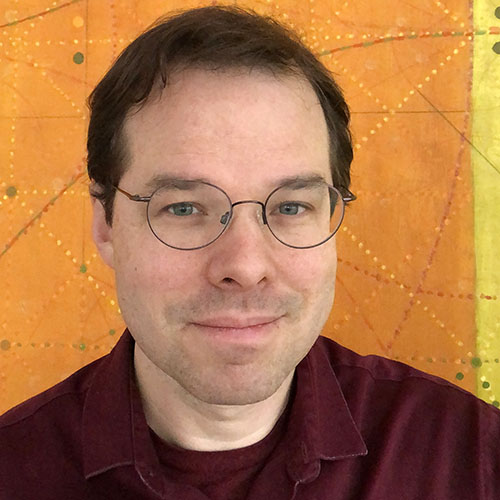 Paul Cadden-Zimansky
Paul Cadden-Zimansky
Paul Cadden-Zimansky
Education
PhD, Physics, Northwestern University (2008)
MS, Physics, Northwestern University (2004)
MSc, Philosophy and History of Science, London School of Economics (2001)
BA, Liberal Arts, St. John’s College, Santa Fe (1997)
Teaching Experience
2019–present: Associate Professor of Physics, Bard College
2012–2019: Assistant Professor of Physics, Bard College
2011–12: Lecturer-in-Discipline, Physics Department, Columbia University
2002–4: Teaching Assistant, Physics Department, Northwestern University
2001–2: Assistant Faculty Associate, Physics Department, University of Wisconsin
1996–97: Senior Math-Lab Tutor, St. John’s College
1994–95: Lab Assistant, St. John’s College
Physics Research Experience
2010–12: Science Fellow, Columbia University
2008–2010: Postdoctoral Researcher, Columbia University & The National High Magnetic Field Laboratory
2004–8: Research Assistant, Northwestern University
2005–6: Graduate Researcher, Argonne National Laboratory
Publications and Invited Talks
L. H. Chang, S. Roccaforte, R. Xu, and P. Cadden-Zimansky Geometric Visualizations of Single and Entangled Qubits to be published in the American Journal of Physics (2024). Associated interactive qubit visualizations available here.
Visualizations of Qubits MPS Department Seminar, University of the Sciences, Philadelphia, PA [Virtual] (2020).
E. J. Richman, Y.-T. Chou, Y. Deng, L. Kaelbling, Z. Liang, G. McAlaine, C. Miller, M. Selesnick, C. N. LaFratta, and P. Cadden-Zimansky Ultrafast Laser Ablation of Graphene Under Water Immersion Opt. Mater. Express 9, 3871 (2019).
P. Cadden-Zimansky, M. Shinn, G. T. Myers, Y. Chu, M. J. Dalrymple, and H. C. Travaglini Formation of the n = 0 Landau level in hybrid graphene Journal of Physics Communications 2, 051001 (2018).
L.-C. Tung, W. Yu, P. Cadden-Zimansky, I. Miotkowski, Y. P. Chen, D. Smirnov, and Z. Jiang Magnetoinfrared spectroscopic study of thin Bi2Te3 single crystals Physical Review B 93, 085140 (2016).
P. Maher, L. Wang, Y. Gao, C. Forsythe, T. Taniguchi, K. Watanabe, D. Abanin, Z. Papić, P. Cadden-Zimansky, J. Hone, Philip Kim, C. R. Dean Tunable fractional quantum Hall phases in bilayer graphene Science, 345, 61 (2014).
P. Cadden-Zimansky, J. Wei, and V. Chandrasekhar Coherent nonlocal correlations in Andreev interferometers New Journal of Physics 14, 043004 (2012).
A. F. Young, C. R. Dean, L. Wang, H. Ren, P. Cadden-Zimansky, K. Watanabe, T. Taniguchi, J. Hone, K.L. Shepard, and P. Kim Spin and valley quantum Hall ferromagnetism in graphene Nature Physics, 8, 553-556 (2012).
Y. Zhao, P. Cadden-Zimansky, F. Ghahari, and P. Kim Magnetoresistance Measurements of Graphene at the Charge Neutrality Point Physical Review Letters 108, 106804 (2012).
Interaction-Driven Quantum Hall States in Graphene Emergent Phenomena in Quantum Hall Systems 4, Peking University, Beijing, China (2011).C.R. Dean, A.F. Young, P. Cadden-Zimansky, L. Wang, H. Ren, K. Watanabe, T. Taniguchi, P. Kim, J. Hone, K.L. Shepard Multicomponent fractional quantum Hall effect in graphene Nature Physics 7, 693 (2011).
Pencil + Tape = Topological Quantum Computation? — The New Two-Dimensional Universe of Graphene Swarthmore College Physics Colloquium, Swarthmore, PA (2010).F. Ghahari, Y. Zhao, P. Cadden-Zimansky, K. Bolotin, and P. Kim Measurement of the = 1/3 fractional quantum Hall energy gap in suspended graphene Physical Review Letters 106, 046801 (2010).
J. Qi, X. Chen, W. Yu, P. Cadden-Zimansky, D. Smirnov, N. H. Tolk, I. Miotkowski, H. Cao, Y. P. Chen, Y. Wu, S. Qiao, Z. Jiang Ultrafast carrier and phonon dynamics in Bi2Se3 crystals Applied Physics Letters, 97, 182102 (2010).
Cooper pair mediated coherence between two normal metals American Physical Society March Meeting, Portland, OR (2010).
Y. Zhao, P. Cadden-Zimansky, Z. Jiang, and P. Kim Symmetry breaking of the zero energy Landau level in bilayer graphene Physical Review Letters, 104, 066801 (2010).
E. A. Henriksen, P. Cadden-Zimansky, Z. Jiang, Z. Q. Li, L.-C. Tung, M. E. Schwartz, M. Takita, Y.-J. Wang, P. Kim, and H. L. Stormer Interaction-induced shift of the cyclotron resonance in graphene using infrared spectroscopy Physical Review Letters, 104, 067404 (2010).
P. Cadden-Zimansky, J. Wei, and V. Chandrasekhar Cooper pair mediated coherence between two normal metals Nature Physics, 5, 393 (2009).
P. Cadden-Zimansky, Ya. B. Bazaliy, L. M. Litvak, J. S. Jiang, J. Pearson, J. Y. Gu, Chun-Yeol You, M. R. Beasley, and S. D. Bader Asymmetric ferromagnet-superconductor-ferromagnet switch Physical Review B, 77, 184501 (2008).
J. Wei, P. Cadden-Zimansky, and V. Chandrasekhar Observation of large h/2e and h/4e oscillations in a proximity dc SQUID Applied Physics Letters, 92, 102502 (2008).
P. Cadden-Zimansky, Z. Jiang, and V. Chandrasekhar Thermopower oscillation symmetries in a double-loop Andreev interferometer Physica E, 40, 155 (2007).
P. Cadden-Zimansky, Z. Jiang, and V. Chandrasekhar Charge imbalance, crossed Andreev reflection and elastic co-tunnelling in ferromagnet/superconductor/ normal-metal structures New Journal of Physics 9, 116 (2007).
Transition temperature shifts in asymmetric FSF multilayers Spin Physics of Superconducting Heterostructures Conference, Physikcentrum, Bad Honnef, Germany (2006).
P. Cadden-Zimansky and V. Chandrasekhar Nonlocal Correlations in Normal-Metal Superconducting Systems Physical Review Letters 97, 237003 (2006).
Y. Seo, P. Cadden-Zimansky, and V. Chandrasekhar Low-temperature high-resolution magnetic force microscopy using a quartz tuning fork Applied Physics Letters, 87, 103103 (2005).
-
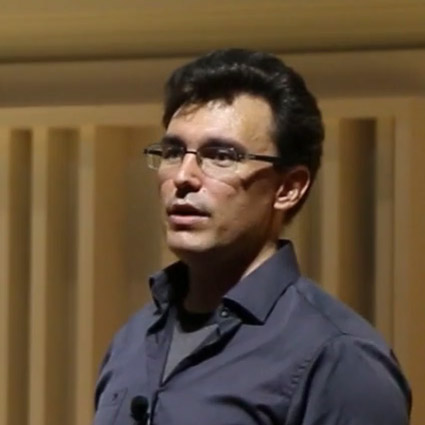

Hal Haggard
Hal's Website
Employment
EducationSeptember 2014 Bard College
Assistant Professor of PhysicsSeptember 2012
to August 2014Centre de Physique Théorique de Luminy
Postdoctoral FellowAugust 2011
to May 2012University of California, Berkeley
Lecturer, Physics Department2006 to 2011 University of California, Berkeley
Ph.D. in Semiclassics and Quantum Gravity
Advisor: R. G. Littlejohn
Thesis title: Asymptotic Analysis of Spin Networks
with Applications to Quantum Gravity2004 to 2006 University of California, Berkeley
M.A. in Physics1998 to 2002 Reed College
B.A. in Physics
Advisor: Nicholas Wheeler
Thesis title: Conservation, Symmetry and Noether -
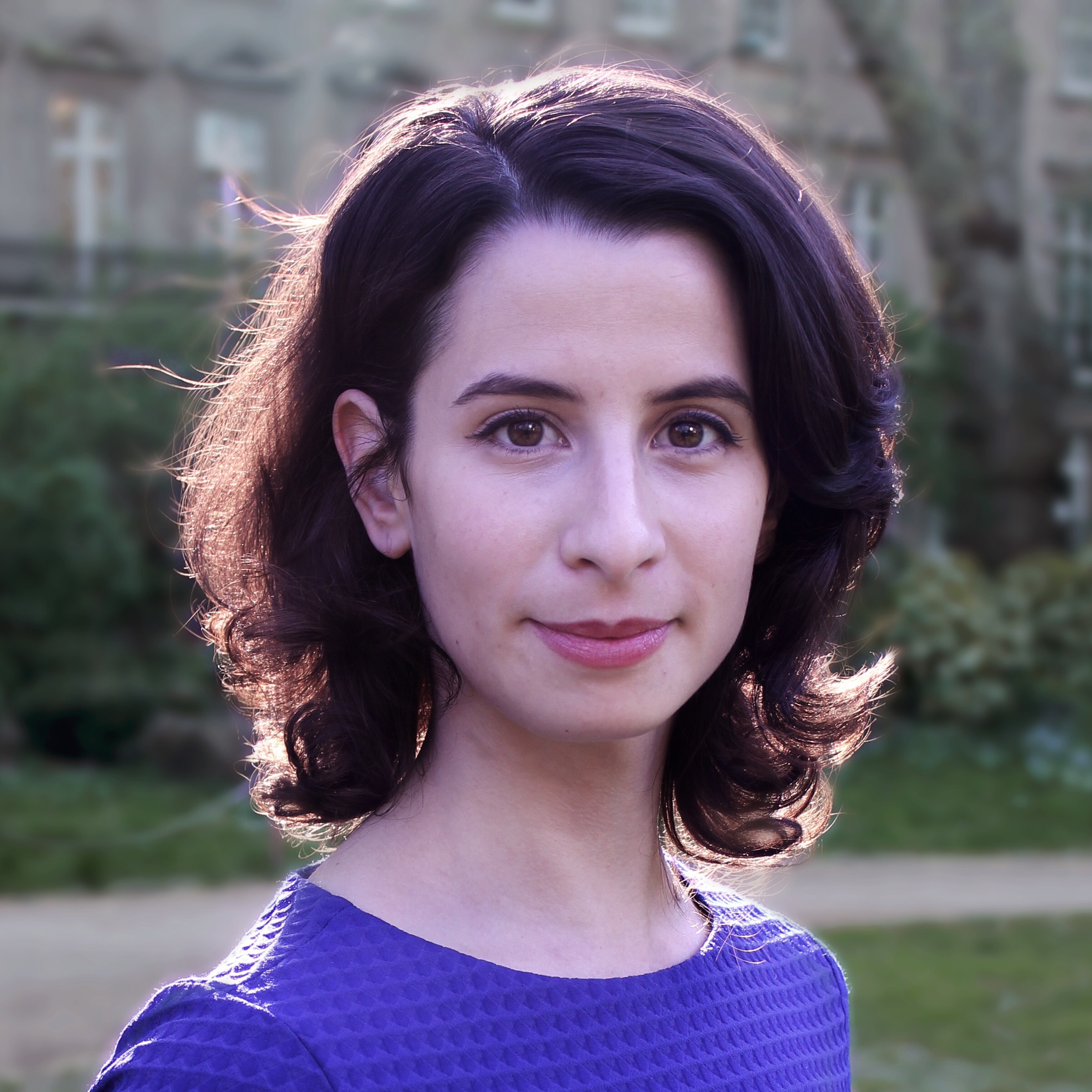 Clara Sousa-Silva
Clara Sousa-Silva
Clara Sousa-Silva
Professor Sousa-Silva is is a quantum astrochemist and molecular astrophysicist. She investigates how molecules interact with light so that they can be detected on faraway worlds. Clara spends most of her time studying molecules that life can produce so that, one day, she can detect an alien biosphere. Her favorite molecular biosignature is phosphine: a terrifying gas associated with mostly unpleasant life. When she is not deciphering exoplanet atmospheres, Clara works hard to persuade the next generation of scientists to become an active part of the astronomical community.
Clara holds a doctoral degree in quantum chemistry from the University College London, and a masters degree in physics and astronomy from the University of Edinburgh in Scotland. Among her many achievements, Clara is the recipient of the prestigious 51 b Pegasi Fellowship from the Heising Simons Foundation. The fellowship supports the growing field of planetary astronomy and exceptional postdoctoral scientists who make unique contributions to the field of astronomy. Prior to joining Bard College, Clara was at the Center for Astrophysics | Harvard & Smithsonian from 2020 - 2022, and MIT from 2016 - 2020.
Clara’s work and commentary has been featured in the BBC, WIRED, and the New York Times, among many others, and is the focus of her TED talk.
Education:
PhD, Quantum Chemistry, University College London (2015)
MPhys, Physics & Astronomy, University of Edinburgh, Scotland (2010)
Employment:
Assistant Professor of Physics, Bard College (since 2022)
52 Pegasi b Fellow at Harvard University (2020 - 2022)
Research Scientist at MIT (2016 - 2020)
Personal Website: clarasousasilva.com
Twitter: DrPhosphine -
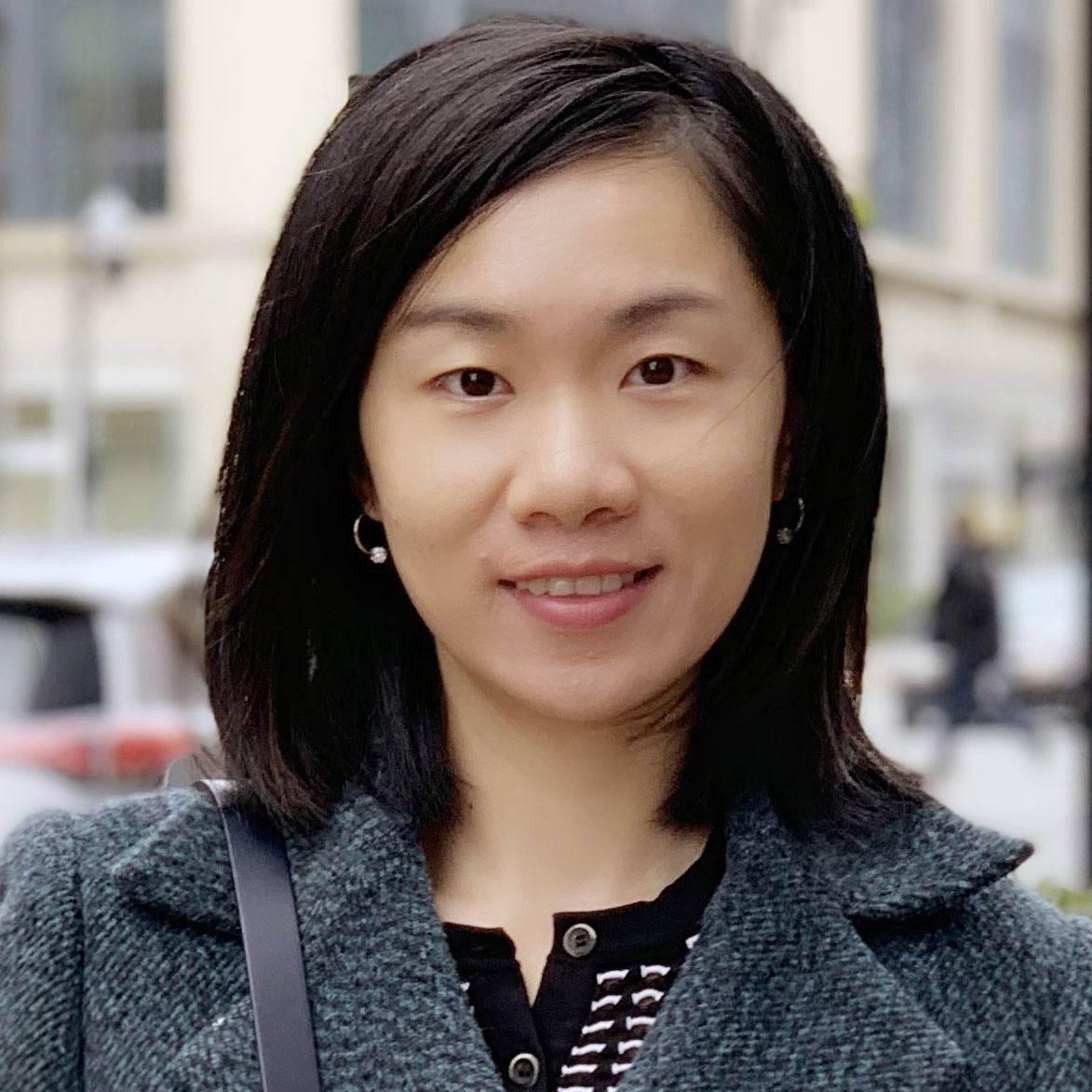 Shuo Zhang
Shuo Zhang
Shuo Zhang
Professor Zhang is interested in observational high-energy astrophysics, including supermassive black hole accretion and feedback, origin of Galactic cosmic-rays and dark matter searches. She studies outburst histories of the supermassive massive black hole at the center of the Milky Way galaxy and nearby galaxies, in order to understand supermassive black hole activity cycle, particle acceleration mechanism and physics under strong gravitational field. Recently, she initiated an original particle astrophysics project on probing Galactic cosmic-ray particles at MeV through PeV energy scales suing innovative methods, aiming to understand the origin of Galactic cosmic-rays and to reveal power particle accelerators at the center of the Galaxy.
Personal Website: http://user.astro.columbia.edu/~shuo/
Education:
PhD, Physics, Columbia University (2016)
BS, Engineering Physics, Tsinghua University, Beijing, China (2010)
Employment:
Assistant Professor of Physics, Bard College (since 2020)
NASA Hubble Fellowship - Einstein Fellow, Boston University (2019 - 2020)
Postdoc scholar and Heising-Simons Fellow, MIT (2016 - 2019)
Awards:
1. 2020 Breakthrough Prize in Fundamental Physics (Event Horizon Telescope collaboration), 2019
2. NASA Hubble Fellowship, 2019
3. Three NASA Group Achievement Awards, 2014, 2015, 2016
4. Heising-Simons research Fellowship, 2018
5. NASA Earth and Space Science Fellowship, 2013-2016
Selected Research Grants:
1. Principle Investigator, NuSTAR GO Cycle-5 Unveiling the Nature of a Galactic Center X-ray Filament G0.13-0.11: Pulsar Wind Nebula or Magnetic Structure?", $69,911, brought to Bard College, 2020-2022
2. Principle Investigator, Chandra Cycle-20 Archive proposal #20620472, "A Systematic Analysis on M31* X-ray Variability with 3 Ms of Chandra Data from 1999 to 2016", $55,000, 2019-2021
3. Principle Investigator, XMM-Newton AO Cycle-16 #80241, "Probing Galactic Center MeV-GeV Cosmic-ray Population with Sgr B2 Ka Line Emission", $56,633, 2018-2020
Scientific Collaboration:
Member of Event Horizon Telescope Multi-wavelength Science Working Group (2018-present)
Member of eXTP Space Telescope Observatory Science Working Group (2017-present)
Member of Space Telescope Chandra/ACIS Instrument team (2016-2019)
Member of NuSTAR Space Telescope Science team (2012-2019)
Selected Publication:
* A total of 23 articles published in major peer-reviewed journals;
* Total number of citation for peer reviewed articles: 909
1. "NuSTAR and Chandra Observation of the Galactic Center Non-thermal X-ray Filament G0.13-0.11: a Pulsar Wind Nebula Driven Magnetic Filament", Zhang, S., et al., submitted to the Astrophysical Journal (2020)
2. "First M87 Event Horizon Telescope Results.I. The Shadow of the Supermassive Black Hole", The Event Horizon Telescope Collaboration, including S. Zhang, the Astrophysical Journal Letters, 875, L1 (2019)
3. "A Deep Chandra View of the Parsec-Scale Jet Candidate from the Galactic Center Black Hole", Zhu, Z., Li, Z., Morris, M., Zhang, S. & Liu, S., the Astrophysical Journal, 875, 44 (2019)
4. "NuSTAR Detection of a Hard X-ray Source in the Supernova Remnant - Molecular Cloud Interaction Site of IC 443", Zhang, S., Tang, X., Zhang, X., et al., the Astrophysical Journal, 859, 141 (2018)
5. "eXTP White Paper "Observatory Science with eXTP", J.M. in 't Zand, J., Bozzo, E., Qu, J.L., et al., including Zhang, S., Science China Physics, Chemistry & Mechanics, 62(2), 029506 (2018)
6. "Sagittarius A? High Energy X-ray Flare Properties during NuSTAR Monitoring of the Galactic Center from 2012 to 2015", Zhang, S., Bagano, F. K., et al., the Astrophysical Journal, 843, 96 (2017)
7. "A Powerful Flare from Sgr A? Conrms the Synchrotron Nature of the Emission", Ponti, G., George, E., Scaringi, S., Zhang. S., et al., Monthly Notices of the Royal Astronomical Society, 468, 2447 (2017)
8. "NuSTAR Hard X-ray Survey of the Galactic Center Region II: X-ray Point Sources", Hong, J., Mori, K., Hailey, C. J., Nynka, M., Zhang, S., et al., Astrophysical Journal, 825, 132 (2016)
9. "Hard X-ray Morphological and Spectral Studies of the Galactic Center Molecular Cloud Sgr B2: Constraining Past Sgr A* Flaring Activity", Zhang, S., Hailey, C. J., Mori, K., et al., the Astrophysical Journal, 815, 132 (2015)
10. "High-energy X-Ray Detection of G359.89-0.08 (Sgr A-E): Magnetic Flux Tube Emission Powered by Cosmic Rays?", Zhang, S., Hailey, C. J., et al., the Astrophysical Journal, 784, 6 (2014)
11. "NuSTAR Discovery of a 3.76-second Transient Magnetar Near Sagittarius A*", Mori, K., Gotthelf, E. V., Zhang, S., et al., the Astrophysical Journal Letters, 770, 23 (2013)
Affiliated Faculty
-
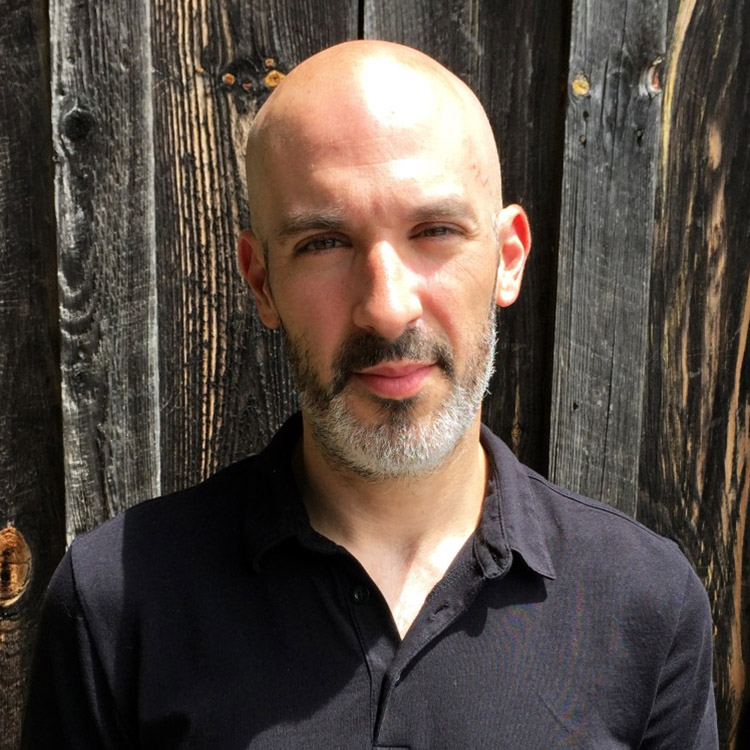 John CullinanAssociate Professor of Mathematics
John CullinanAssociate Professor of Mathematics
Primary Program: Mathematics
Office: Albee 300
[email protected] | 845-758-7104 -
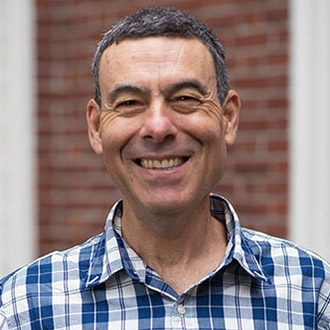 Gidon EshelResearch Professor
Gidon EshelResearch Professor
Primary Program: Environmental and Urban Studies
Office: Hegeman 203
[email protected] | 845-758-7232 -
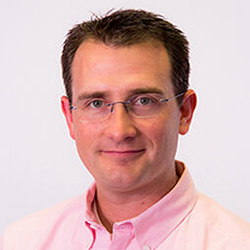 Christopher LaFrattaAssociate Professor of Chemistry
Christopher LaFrattaAssociate Professor of Chemistry
Primary Program: Chemistry
Office: RKC 132
[email protected] | 845-752-2353 -
 Beate Liepert
Beate Liepert
Beate Liepert
Dr. Liepert is a climate scientist who pioneered research on the phenomenon of “global dimming,” a decline in the amount of sun reaching the Earth’s surface, which has implications on the planet’s water and carbon cycles. She comes to Bard from the Seattle area, where she worked for and founded start-ups in the clean tech and insure tech fields, and was a lecturer in the Department of Civil and Environmental Engineering at Seattle University. The start-ups included Lumen LLC, a company that developed design solutions for solar cells, and True Flood Risk LLC, a company that develops machine learning tools for homeowners' flood risk assessments. She worked as principal investigator and research scientist at NorthWest Research Associates in Seattle, a company that is owned and operated by its researchers, and the Lamont-Doherty Earth Observatory of Columbia University. Her work centers on basic questions of climate variability, from interannual to centennial time scales. Research interests also includes clouds, atmospheric aerosols and solar radiation and investigating climate effects on ecosystems and renewable energy resources.
Additional activities have included serving as editor for Environmental Research Letters, a UK-based multidisciplinary scientific journal; proposal review panelist and proposal reviewer for the National Science Foundation; presenting at more than 50 international conferences and university colloquia; and authoring articles for journals including Bulletin of the American Meteorological Society, Journal of Climate, International Journal of Climatology, Quarterly Journal of the Royal Meteorological Society, and Environmental Research Letters, among many others. She was contributing author of the Intergovernmental Panel on climate Change 4th Assessment Report which was awarded the Nobel Peace Prize in 2007. She has been interviewed on CNN and numerous international TV broadcasts; was a featured scientist in the BBC documentary Dimming the Sun, which also aired on PBS; and was profiled in a “Talk of the Town” essay in the New Yorker. Professor Liepert is the recipient of the 2016 WINGS World Quest “Women of Discovery” Earth Award and in 2015 she delivered a Distinguished Scientist Lecture at Bard on “Dimming the Sun: How Clouds and Air Pollution Affect Global Climate.”
Diploma, Institute of Meteorology and Institute of Bioclimatology and Air Pollution Research, Ludwig-Maximilians University Munich; Doctor rer. nat., Institute of Meteorology, Department of Physics, Ludwig-Maximilians University; postdoctoral research scientist, Lamont-Doherty Earth Observatory of Columbia University. -
 Simeen SattarProfessor of Chemical Physics
Simeen SattarProfessor of Chemical Physics
Primary Program: Physics
Office: Hegeman 202
[email protected] | 845-758-7226
Simeen Sattar
Professor of Chemical Physics
Primary Program: Physics
Office: Hegeman 202
[email protected] | 845-758-7226
Simeen Sattar is a physical chemist. She obtained her BA from Rosemont College and her PhD from Yale University. She joined the faculty in 1984. She has spent sabbaticals at Brandeis University and Georgetown University and was a Fulbright Scholar in Islamabad, Pakistan.
Her regular course offerings, Paint and Examination of Paintings, Photographic Processes, and The Life and Death of Stars, are designed for nonscience majors. The first two chiefly attract students from the Division of the Arts wanting to learn about science in the context of their majors, while the third attracts students curious about the stars in the sky.
Her research is inspired by and feeds into her courses. Recent publications in the Journal of Chemical Education are “Choosing a malachite synthesis” (2023),” “Quinacridone red and violet: an infrared surprise (2023)” and “Characterizing color with reflectance” (2019), and “Writing with sunlight: recreating a historic experiment” (2018). “Lake pigments and thin-layer chromatography of natural dyes: Paired experiments for nonmajors” is under review.
Sattar, S. "Choosing a Malachite Synthesis," J. Chem. Educ. 2023, 100, 10, 4072–4076.
Sattar, S. "Quinacridone Red and Violet: An Infrared Surprise," J. Chem. Educ. 2023, 100, 8, 3044–3049.
Sattar, S. "Characterizing Color with Reflectance," J. Chem. Educ. 2019, 96, 6, 1124–1128.
Sattar*, S.; Olsen, R.J. "Writing with Sunlight: Recreating a Historic Experiment," J. Chem. Educ. 2018, 95, 11, 2006–2008.
Emeritus Faculty
-
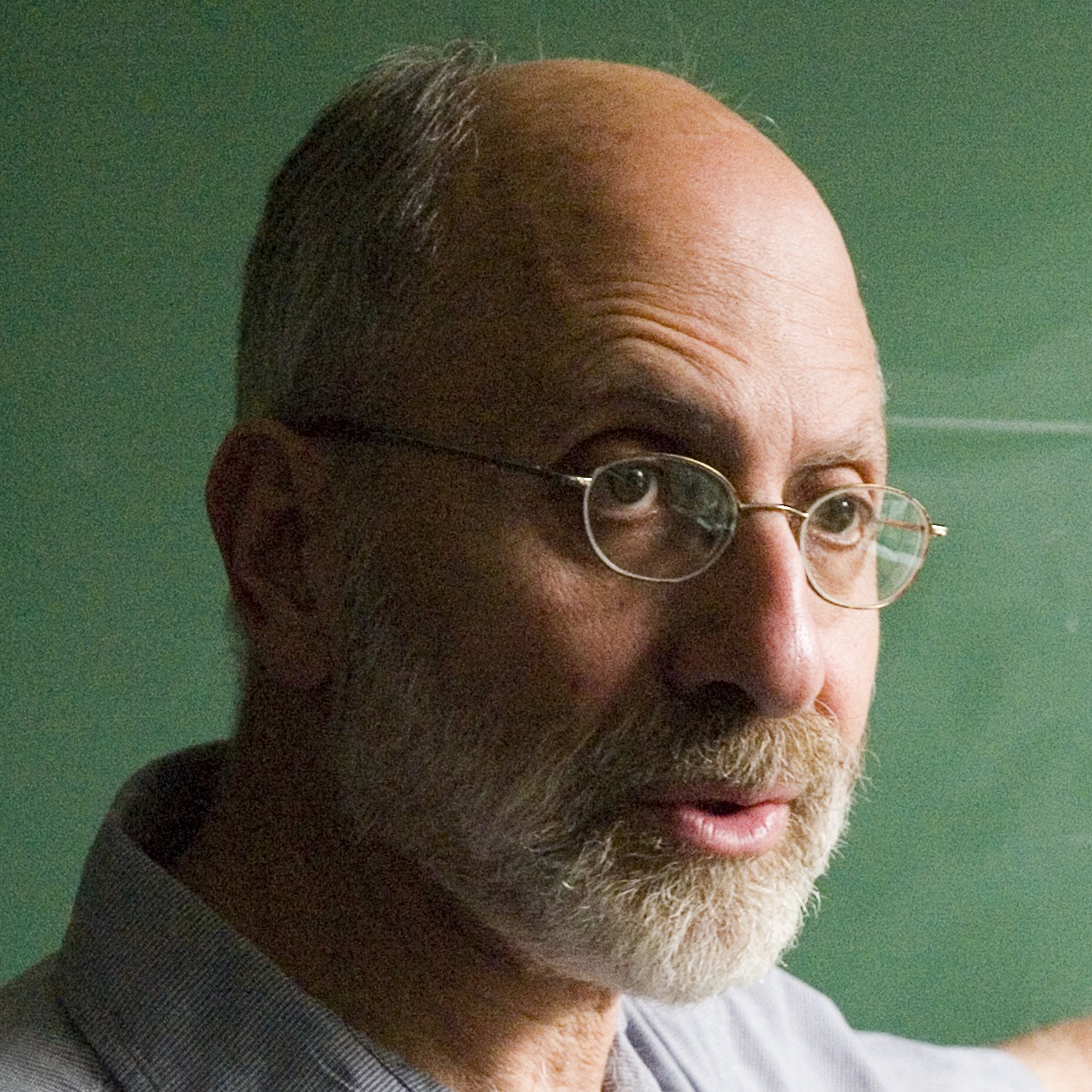 Burt BrodyProfessor Emeritus of Physics
Burt BrodyProfessor Emeritus of Physics
[email protected] -
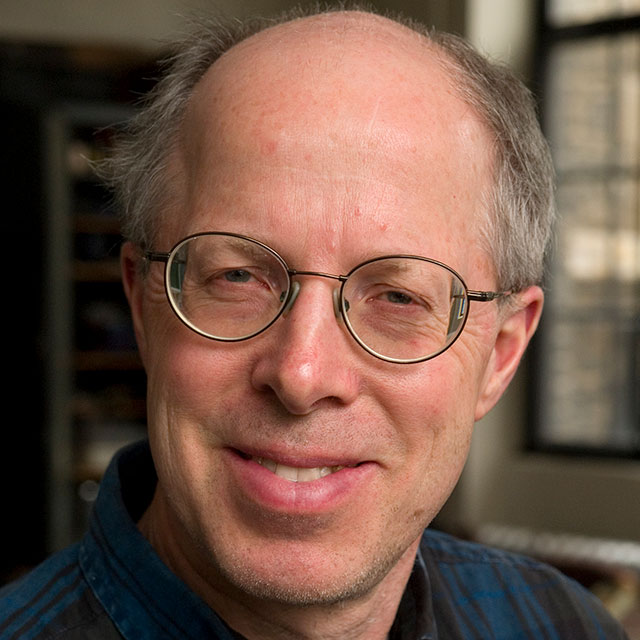
-
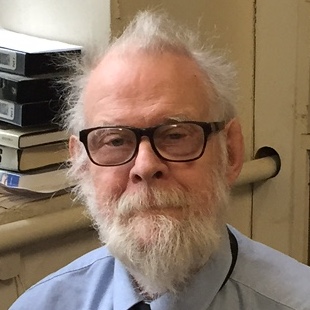 Peter D. SkiffProfessor Emeritus of Physics
Peter D. SkiffProfessor Emeritus of Physics
[email protected]
Discover Physics at Bard
Paul Cadden-Zimansky, DirectorPhysics Program
Bard College | PO Box 5000
Annandale-on-Hudson, NY 12504
[email protected] | 845-758-7584












